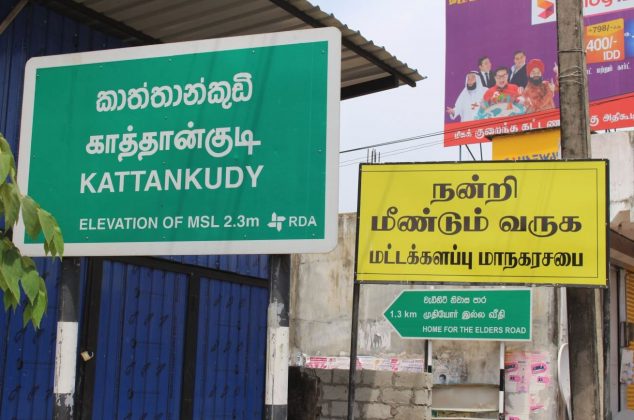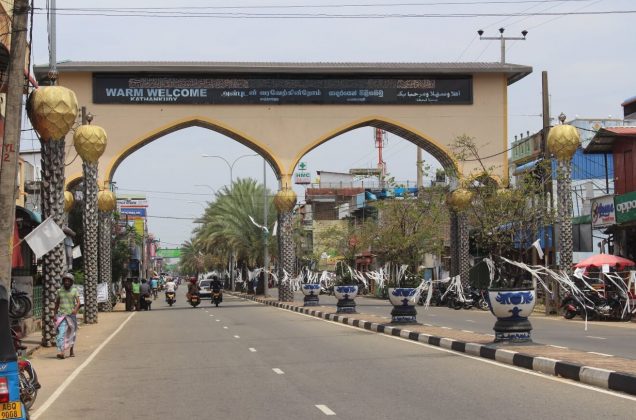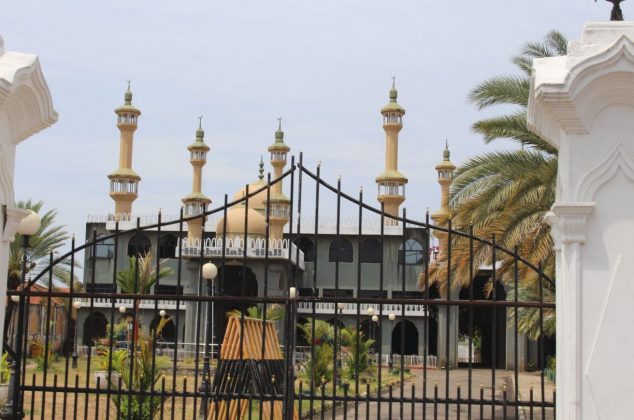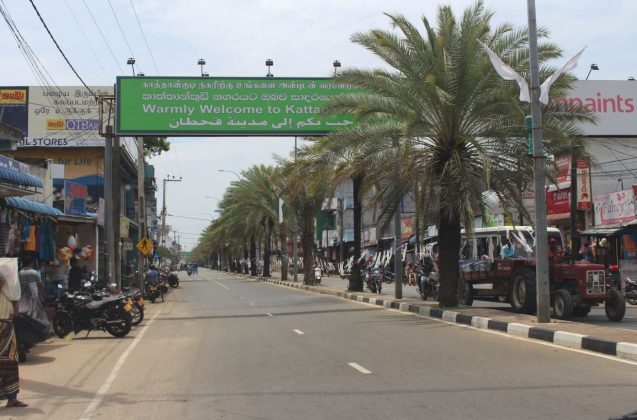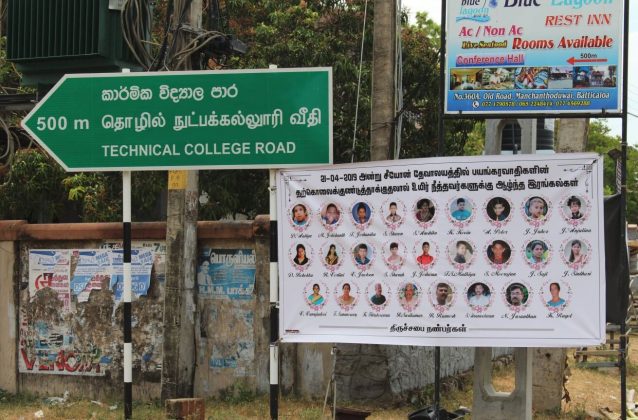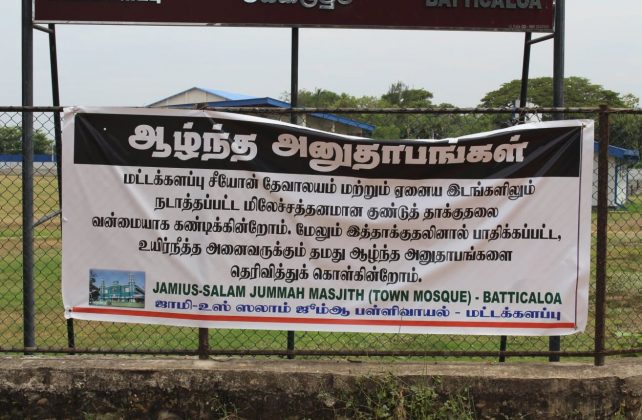
- Home
- India
- World
- Premium
- THE FEDERAL SPECIAL
- Analysis
- States
- Perspective
- Videos
- Sports
- Education
- Entertainment
- Elections
- Features
- Health
- Business
- Series
- In memoriam: Sheikh Mujibur Rahman
- Bishnoi's Men
- NEET TANGLE
- Economy Series
- Earth Day
- Kashmir’s Frozen Turbulence
- India@75
- The legend of Ramjanmabhoomi
- Liberalisation@30
- How to tame a dragon
- Celebrating biodiversity
- Farm Matters
- 50 days of solitude
- Bringing Migrants Home
- Budget 2020
- Jharkhand Votes
- The Federal Investigates
- The Federal Impact
- Vanishing Sand
- Gandhi @ 150
- Andhra Today
- Field report
- Operation Gulmarg
- Pandemic @1 Mn in India
- The Federal Year-End
- The Zero Year
- Science
- Brand studio
- Newsletter
- Elections 2024
- Events
- Home
- IndiaIndia
- World
- Analysis
- StatesStates
- PerspectivePerspective
- VideosVideos
- Sports
- Education
- Entertainment
- ElectionsElections
- Features
- Health
- BusinessBusiness
- Premium
- Loading...
Premium - Events
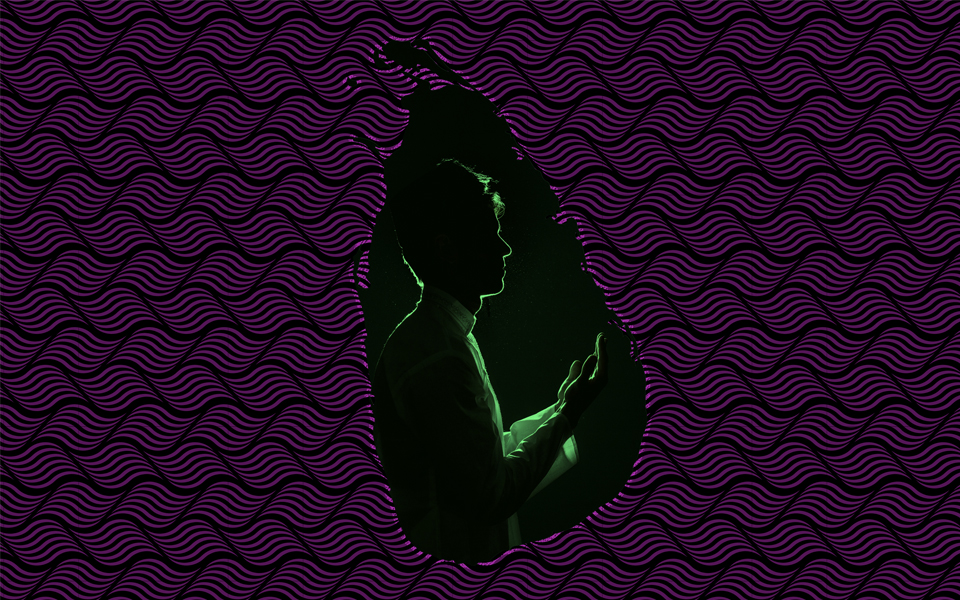
Why Tamil-speaking Muslims in Sri Lanka broke away from Tamil identity

While the international dimensions of the Sri Lankan blasts – ISIS link, Christchurch revenge – are being probed, a purely local angle may hold the key to understanding the terror surge on the day of Easter in the island. As Sri Lankan security forces launch an operation to flush out terror groups and neutralize them, several videos have emerged that show radicals proclaiming jihad....
While the international dimensions of the Sri Lankan blasts – ISIS link, Christchurch revenge – are being probed, a purely local angle may hold the key to understanding the terror surge on the day of Easter in the island.
As Sri Lankan security forces launch an operation to flush out terror groups and neutralize them, several videos have emerged that show radicals proclaiming jihad. The voices proclaim that Inshallah (God willing) they will rain death and destruction. Besides the term invoking God’s will, the rest of the proclamations are in Tamil. The radicals may speak the language of Tamil but don’t identify themselves as Tamils.
Though Sri Lanka has seen a powerful Tamil nationalist movement, Muslims, though Tamil-speaking, have not been a part of it. In the island nation, religious identity seems to override other identities among Muslims, in particular. This stands in sharp contrast to Tamil Nadu where the Dravidian movement, which also upholds Tamil pride, has actively engaged and even integrated Muslims in its ranks.
History of Muslims in Lanka
Much before nationalist ideas took shape or the British colonised it, the island had trade and cultural relations with Tamil Nadu. Tamil-speaking Muslims from Tamil Nadu migrated to Sri Lanka, becoming a significant part of the population over the years. A part of the Muslim population on the island are said to be descendants of Arab merchants who formed wedding alliances with the Tamil population. Merchants from Arabia who are said to have come to the island for trade were called as ‘Yavanas’ in Sanskrit, ‘Moors’ in English, ‘Yona’ in Sinhala and ‘Sonagar’ in Tamil. Today, nearly all Muslims on the island speak Tamil, says Saddiq, founder, Adayalam Publications in Trichy, who worked as a journalist in Sri Lanka for a brief period.
- The Muslim community in Sri Lanka is divided into three groups
-
- Sri Lankan Muslims: They comprise both Sinhalese and Tamil speakers. Records suggest that traders from West Asian countries settled in Sri Lanka around the 7th century.
- Indian Muslims: They are immigrants from India who came to Sri Lanka in search of work, mostly in plantations. A majority of the community consists of Muslims from Tamil Nadu and Kerala, and they are ethnically related to South Indians.
- Sri Lankan Malays: Sri Lankan Malays trace their ancestry to Malay immigrants who were brought to Sri Lanka when the country was a Dutch colony.
*9.66% (19 lakh) of Sri Lanka’s total population is Muslim.
-
Many islanders, however, reject the idea of any significant Arab past for the Muslims. They say Sri Lankan Muslims are not Arab descendants, but successors of oppressed Tamil Hindus who converted to Islam in the 19th century. They were Muslim by religion and Tamils by ethnicity and hence still share cultural features of Tamils in Tamil Nadu.
Formation of Muslim identity
Many Jaffna Tamil Hindus, mostly belonging to the saiva vellalar caste, don’t associate themselves with Christian and Muslim Tamils on the island, despite sharing a common language and cultural features. Even the cause of Tamil nationalism couldn’t unite them, says an observer of ethno-cultural politics in Sri Lankan requesting anonymity. One of the reasons why the Hindus looked down upon Muslims is that many of them were believed to have belonged to lower castes before converting from Hinduism to Islam, he added.
Political analysts based in Sri Lanka say the continuous segregation of Tamil Muslims by Tamil Hindus was a reason for the former to assume a religious identity. “Politically Muslims were affiliated with Illankai Tamil Arasu Katchi, a party representing the Tamil ethnic minority. But after being constantly sidelined by Tamil Hindus, they floated the Sri Lanka Muslim Congress in the late 1980s. That was when they started identifying themselves on the basis of religion. They realised that they were Muslims first and Tamils second,” says Seevagan Poopalaratnam, a former journalist who lives in Batticaloa.
Shunning nationalistic fervour
After Sri Lanka, then Ceylon, got independence from the British, the Sinhalese got an upper hand over politics and economic affairs, marginalizing the Tamil population. There were also reports of attacks on the Tamil population by the Sinhalese. It was one of the reasons that incited Tamil Hindus to demand a separate Tamil nation with equal job opportunities. A civil war ensued that lasted for nearly three decades.
When the non-violence movement led by Sri Lankan Tamil activist Thanthai Chelva alias SJV Chelvanayakam in the mid-20th century failed in its mission of self-governance for Tamils, the youth of the community started rebelling, leading to the birth of militant groups such as the EROS, LTTE and PLOTE. These groups expected Muslims to support their cause for Tamil nationalism, but Muslims showed little interest, says Saddiq.
Saddiq says there are two possible reasons why Muslims shunned the Tamil nationalist cause. One, ideologically Muslims don’t believe that they are constrained by borders. Secondly, those in Sri Lanka didn’t have the same issues that the Tamil Hindus faced and thus didn’t subscribe to the idea of a separate nation. “Muslims believe more in a religious identity than an ethnic one. They consider all the world is their land. Sri Lankan Muslims never believed in fighting with the Sinhalese for a Tamil identity and instead believed in coexisting with them in a peaceful manner. This is why they did not show much interest in the demand for a separate country for Tamils. Hence, they were seen as enemies by the militant groups,” he adds.
During the British rule, many Tamils were highly educated. They had a prominent role in government and held jobs in the power structure. But with the coming of majority rule with few safeguards for minorities, Sinhalese started displacing Tamils. This was core to the ethnic conflict that ensued.
Tamil Muslims in Sri Lanka were not affected by the job crisis as many had their own businesses. “They didn’t need any government employment. So, the fight for a separate nation became meaningless to a majority of Muslims,” says Kombai Anwar, a documentary filmmaker whose film Yaadhum traced the history of Muslims in Tamil Nadu.
Because of this indifference, Muslims in the Northern Province were forcibly evicted by the LTTE in 1990. The same year, around 130 Muslims were killed at a mosque in Batticaloa during prayer time and many were ordered to leave the province within two hours in the night. The split was complete and seemingly irreversible.
Dissociating from Tamil identity
The Tamil Muslim in Sri Lanka is largely dissociated from his Tamil identity when compared to his Tamil Nadu counterpart. In Tamil Nadu, during the early stages of the Dravidian movement, when the question of who was Dravidian came up, leaders included Muslims on their list. Muslims actively participated in the anti-Hindi protests of the 1930s. Periyar spoke positively of Islam and found it more rational and modern than Hinduism.
After partition, Mohammed Ismail, among the tallest leaders of the Muslim League in Tamil Nadu, sought to build a strong Muslim party in the south where the partition trauma was muted. Ismail, who is known by his title, “Quaid-e-Millat” [Leader of the nation], forged links with the Dravidian movement. Kombai Anwar talks of his opposition to making Hindi the national language. “When there were demands to form a minority wing in the DMK, CN Annadurai dismissed it saying the party is already supported by the Muslim League headed by Quaid – E – Millath and doesn’t need a separate wing. Such was the understanding between the two,” adds Kombai Anwar.
Kalanthai Peer Mohammed, a renowned Tamil writer, says Muslims in Tamil Nadu absorbed Tamil culture and incorporated it in their daily lives. “During Milad-un-nabi celebrations, Muslims invited Hindu leaders to give lectures. Muslims generally do not tie nuptial knots, nor white sarees if the husband died, but Muslims in Tamil Nadu did these things. We had nadaswaram and melam music [instruments used in temples and weddings] in our marriages,” he said.
Peer Mohammed recalls a past when Muslims were well integrated in the Dravidian parties. “If there were 20 cadres in DMK, at least four were Muslims. They didn’t wear a cap or sport a beard. They wore dhotis and shirts like anybody else,” he says. MGR often played a Muslim in many films, which brought them in, he adds.
Sowing radical ideas
In Tamil Nadu, radicalization of Muslim youth got a boost after the demolition of Babri Masjid. The Coimbatore riots in the 1997-98 was a flashpoint although besides that there have been no conflict between Muslims and others.
Observers talk about other trends. “Things changed when Muslims went to Arab countries to work. Some of them assumed that what they say was true Islam and decided to make changes back home. And that was how Wahhabism started gaining ground here,” says Peer Mohammed. The Indian Union Muslim League, the party of Quaid-e-Millat was overshadowed by more radical organisations like the Tamil Nadu Muslim Munnetra Kazhagam and Tamil Nadu Thowheeth Jamaat.
Peer Mohammed talks about radical Muslim organizations from Tamil Nadu influencing Lankan Muslims this decade although the Tamil Nadu Thowheeth Jamaat has declaimed any links with the National Thowheed Jamaat of Sri Lanka. The undercurrent of the radicalization was that the Muslims in Sri Lanka were descendants of Arabs. They also brainwashed youth during religious sermons in mosques, says a Tamil writer in Sri Lanka who didn’t wish to be identified.
- Rising tensions
- When ethnic violence took hold of Sri Lanka post the nation’s independence in 1948, Tamil Muslims showed little interest in the cause for a separate nation. This made them a target for armed groups like the LTTE, which considered them a threat to their cause.
- Muslims have also been at the receiving end of violence by militant Sinhala Buddhist groups which claim that citizens have become ‘immoral’ due to Islam. Bodu Bala Sena, widely blamed for the 2014 anti-Muslim riots, is one such group that continues to harass Muslims. In 2018, clashes erupted between Buddhist extremists and Muslims in Kandy and Ampara.
At this time, Lankan Muslim women started wearing hijabs and burqas. This was also the time ‘wahhabism’ got stronger, even as Muslim prosperity became a cause for heartburn among some of the Sinhalese. Sinhalese attacks on Muslims were observed, such as the Mawanella attacks on Muslims in 2001 and the 2014 anti-Muslim riots by Bodu Bala Sena, a Sinhalese Buddhist nationalist organisation. There were similar attacks by Buddhists on the Christian community, too.
What triggered the attacks?
Experts say attacks aimed at foreign nationals, Sinhalese and Tamil Christians had different triggers. Seevagan says being a tourist destination, Sri Lanka receives a lot of visitors from foreign countries and most of them are Christians. “The attackers targeted them to get international attention,” Seevagan says.
While the attacks on the two Sinhalese churches in Colombo are said to be a retaliation to the Sinhalese Buddhist attacks on Tamil Muslims, what has surprised many is the attack on a Tamil Christian church in Batticaloa, especially when there have been no clashes between both the communities in the past. “Muslims who have disassociated themselves with any other identity, could have launched the attack at Batticaloa, in keeping with their antagonism towards the Tamil community,” he says.
Many Dravidianists, however, discount the possibility of any such incidents taking place in Tamil Nadu. They assert that the Tamil Muslim has twin identities and there’s little Hindu fundamentalism in the state to act as a provocation for conflict.

